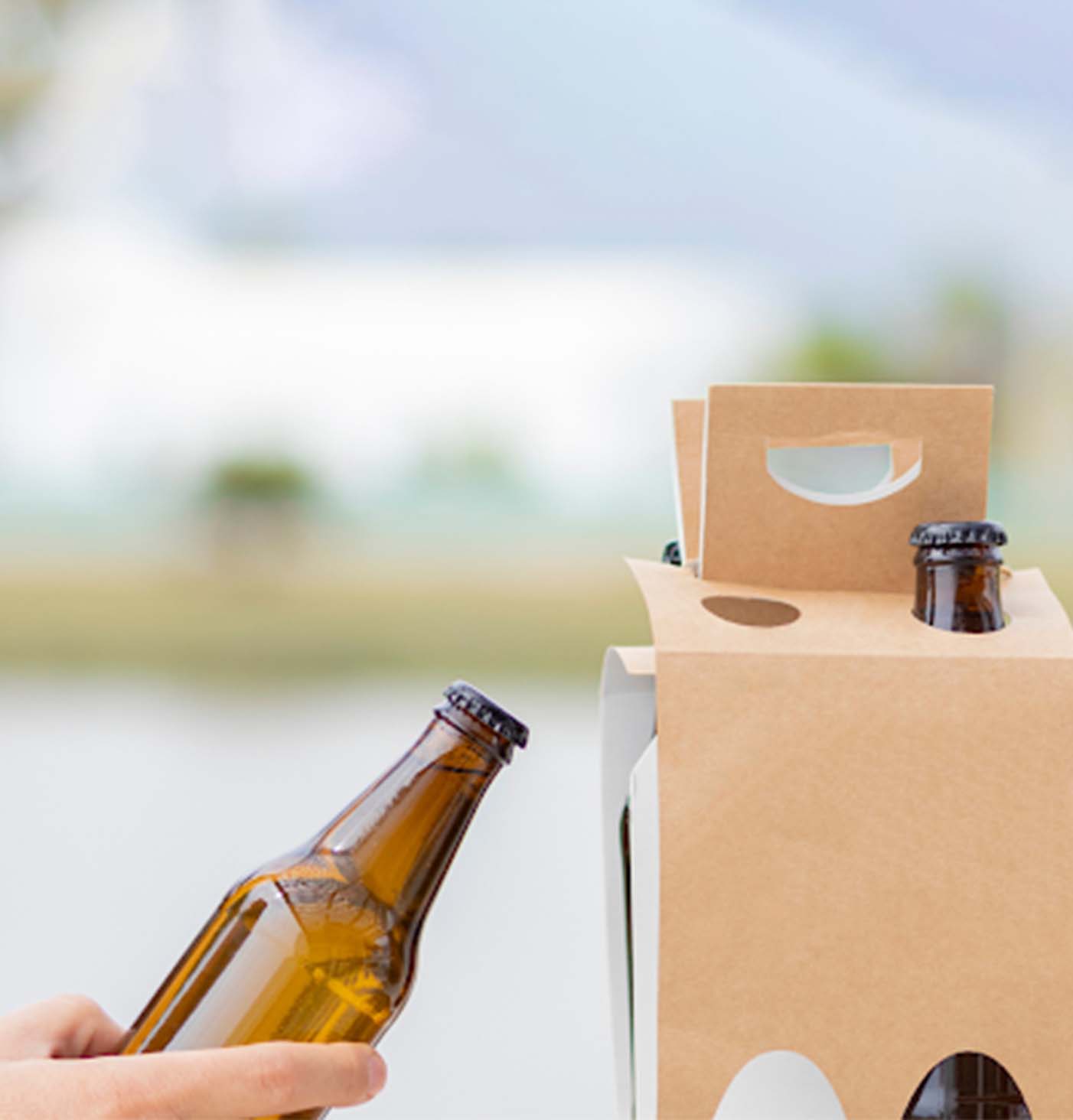Packaging Services For Entrepreneurs


Packaging Services For Entrepreneurs
What to know about glass beer packaging?
Many people like relaxing with a bottle of beer. But who cares about all the effort it took to get that beer to your city so you could enjoy it? Glass bottle packaging is very complex, and it requires a more intensive packing approach to ensure that it arrives safely. Mailing beer across the nation is a difficult job. Whether you’re a homebrewer or a multi-location brewery, you must get those bottles of beer to the consumer without damaging them.
Why glass bottles?
We’re all aware that beer may be packed in various ways, ranging from the traditional glass bottle to the more inexpensive aluminum can. So, why do so many businesses choose glass bottles as their main packaging?
The glass bottle packaging is often linked with higher-quality products. This is why many microbreweries utilize glass bottles; it gives consumers the impression that their beers will be superior to the typical canned drink. It offers many branding possibilities for those looking to stand out and compete with more prominent companies, who usually package their beer in aluminum cans to save money.
Many customers believe that glass packaging is more appealing than aluminum cans or other alternatives. Because glass can be recycled many times, it appeals to the increasing need for environmentally friendly packaging options.
Remember about the extra weight.
To begin, keep in mind that glass is considerably heavier than aluminum cans or plastic PET bottles. If you want your boxes to remain together, you must manage the additional weight correctly. You should probably avoid single-wall built crates for heavy goods. You’ll need something more substantial, which is most likely a triple-wall corrugated container. The additional weight of a glass bottle necessitates using a stronger adhesive to keep the box together. You’ll want to pay careful attention to your tape’s shear and tensile strength, as well as the elongation it provides to handle different bumps and hits along the way.
Protect with cushioning
Glass, as we all know, is brittle. That means you’ll need padding around the beer bottles to prevent them from breaking. You don’t want glass bottles to contact and clank together on the way since this increases the likelihood of their breaking on impact. For beer bottles that must be transport together, corrugated and plastic barriers are common. You may also use foam shapes that fit around the top and bottom of each bottle to keep them in place. Many cushioning solutions are available; you just need to ensure that you have the appropriate amount of cushioning and protection in place.
Think about timing & temperature
Beer is a consumable that is influenced by temperature changes and time spent outside of a regulated environment. You’ll want to make sure your shipping plan can meet the demands of your brew.
Beer’s flavor and molecular structure vary when the temperature rises or falls. Some beers must be kept cold until served to maintain the taste, requiring shipping in a refrigerated container. This will also have an impact on the kind of boxes, tape, and padding you utilize. If your beer can live without refrigeration until it reaches the distributor, things will be much easier for you.
Final thoughts
Shipping glass beer bottles is a complex operation. Still, with careful preparation and security, you can guarantee that each bottle reaches perfect condition so that the client can enjoy them at home. Glass packaging requires additional protection that cans and other canisters need not. Still, it can influence consumer impressions of your brand. Using glass bottles for beer packaging may help you enhance the quality and feel of your product, which can lead to increased sales. It all comes down to the appearance and feel you want for your beer, but be sure you send it with enough protection if you select glass.
Packaging tips
Keep the filler up.
It is important to maintain constant and continuous run speed during packing processes, independent of equipment. While dependable equipment and speed-to-volume ratios are required, meeting target package specifications and troubleshooting key control points in package quality are only feasible if a consistent run length is maintained. When the filler often starts and stops, the product is allowed to warm in the pipeline and the bowl or pre-tank, resulting in uneven fills. Therefore, these discrepancies are difficult to distinguish from variables such as short fills, high dissolved oxygen, or excessive carbonation loss caused by causes other than starting and downtime.
The machines are moot without the people.
As brewers and packagers, we spend a lot of time developing and constructing equipment with suppliers and salespeople. We generate RFPs, define our requirements, and set deadlines with penalties to establish a project agreement. We invest a significant part of our brewery’s capital expenditures on the finest packaging equipment available anywhere in the globe. Then we put in many hours with our partners and suppliers to get our gleaming new equipment up and operating as a system at a high-efficiency rate. After all of the rejoicing and back-slapping, you’re left alone with your stuff. Shortly after this point, you will notice that the efficiency of your equipment is starting to deteriorate – complex systems need care.
How are beers packaged?
Bottles are the earliest beer containers, with the 12 ounce green or brown bottle being the most well-known. The green glass bottles, which are popular for lagers, have been found to make your beer more vulnerable to skunking. Amber glass bottles are usually shown to be safe and ideal for heavier, fermentation-driven brews that might benefit you from a little additional maturing. Bottles, unlike cans, take longer to cool down but remain colder for longer. (Not that “cold” is always the aim.)



